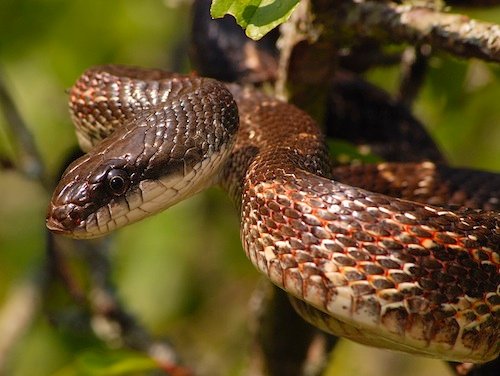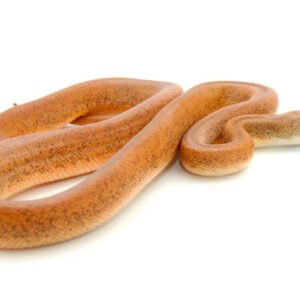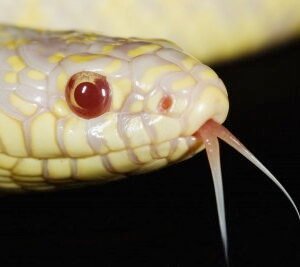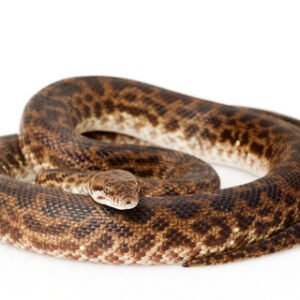Introduction to the Texas Rat Snake
The Texas rat snake, scientifically known as Pantherophis obsoletus, is a highly versatile species found primarily in the states of Texas, Louisiana, and surrounding regions. This non-venomous colubrid snake is notable for its adaptability to various environments, which contributes to its widespread distribution. The Texas rat snake typically inhabits diverse ecosystems ranging from woodlands and grasslands to urban areas, showcasing its ability to thrive in both natural and human-altered landscapes.
One of the most striking features of the Texas rat snake is its remarkable coloration and patterning. These snakes can vary significantly in appearance, with a range of color morphs including yellow, gray, and even darker shades. The classic pattern consists of alternating dark and light scales, which serve as effective camouflage amidst fallen leaves and forest debris, aiding in their hunting strategies. Adult Texas rat snakes can grow to impressive lengths, reaching sizes of up to six feet, although most individuals average between four to five feet long.
Behaviorally, the Texas rat snake is known for its non-aggressive temperament. They are often described as docile and handleable, making them a popular choice among herpetology enthusiasts and pet owners alike. While these snakes can exhibit defensive behaviors when threatened, their instinct is to flee rather than engage, which helps to minimize confrontations with potential threats. As skilled climbers, Texas rat snakes are frequently observed ascending trees in pursuit of prey, primarily consisting of small mammals, birds, and their eggs. Overall, understanding the Texas rat snake’s characteristics and behavior enhances our appreciation for this unique and beneficial species within the ecosystems they inhabit.
Habitat, Diet, and Role in the Ecosystem
The Texas rat snake, a prevalent species in the southern United States, exhibits remarkable adaptability to diverse habitats, ranging from woodlands and grasslands to urban areas. They are primarily found in regions with ample trees and shrubs that provide excellent climbing opportunities. Their climbing prowess enables them to explore multiple layers of their ecosystems, making it easier for them to hunt and evade predators. The ability to scale trees and other structures enhances their survival, allowing for a varied diet and optimized hunting strategies.
Dietarily, Texas rat snakes are predominantly carnivorous, with a menu that largely consists of small mammals, birds, and their eggs. This varied diet allows them to play a vital role as predators in their ecosystems, particularly in controlling rodent populations. By preying on species such as mice and rats, they help regulate these populations, which in turn affects the health of the habitats they inhabit. The predation on birds represents another significant aspect of their ecological contribution, as they help maintain balance within the avian population.
The ecological importance of Texas rat snakes extends beyond their role as predators. They contribute to the overall health of their environment by participating in the food chain. By effectively managing rodent and avian populations, these snakes help prevent outbreaks of species that could otherwise harm vegetation and disrupt the ecological balance. However, their populations face several threats, particularly from habitat destruction and human interactions. As urban areas expand, the natural habitats of the Texas rat snake are shrinking, leading to concerns about their long-term sustainability. Conservation efforts are essential to ensure that these snakes continue to thrive and fulfill their vital role in local ecosystems.





